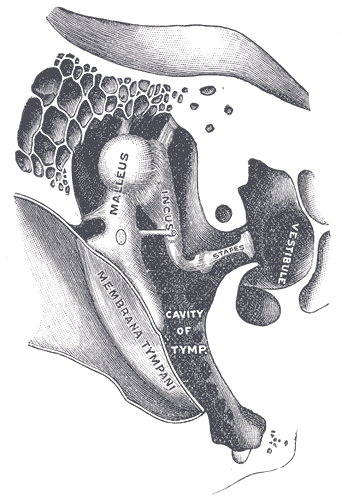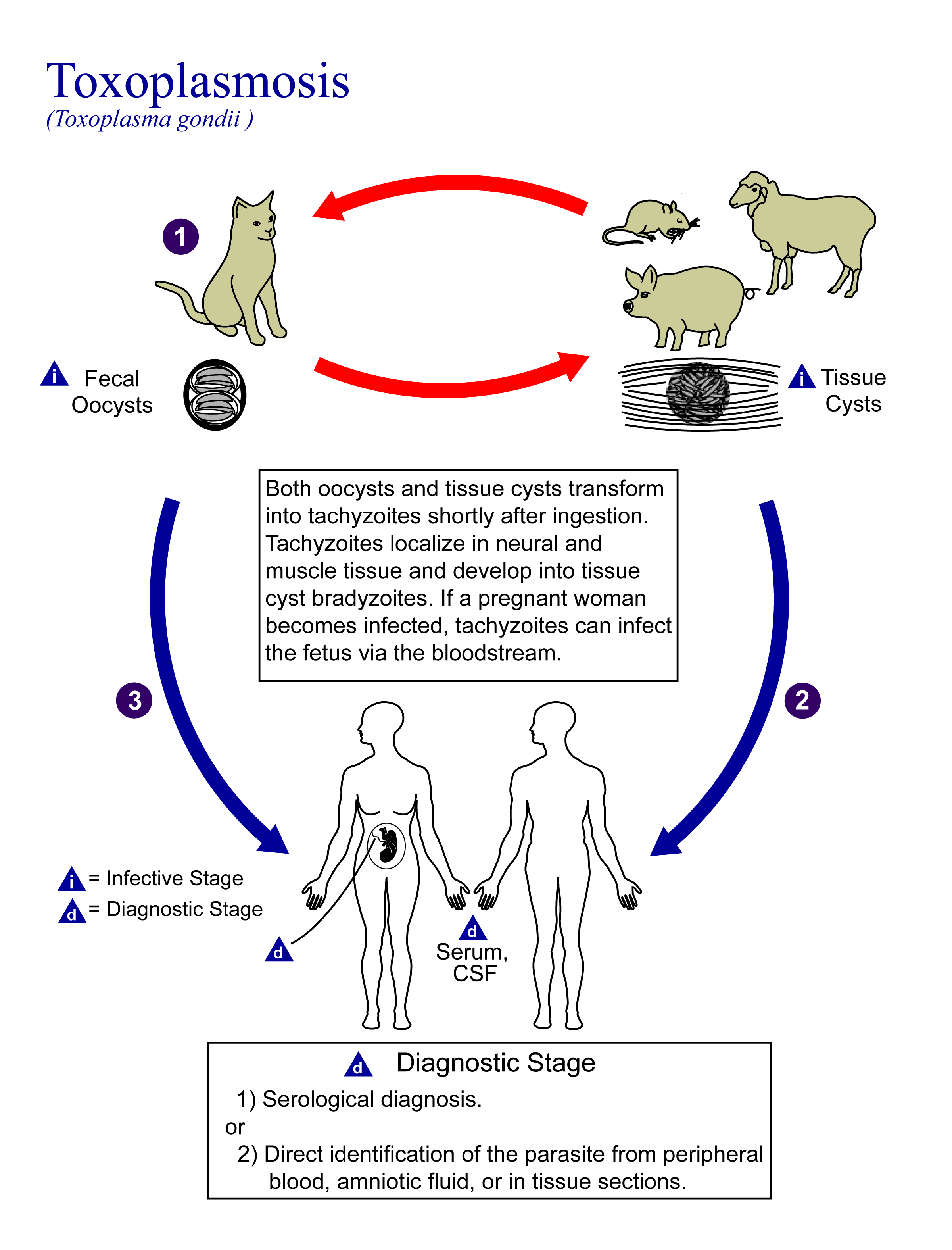|
Deaf And Blind
Deafblindness is the condition of little or no useful hearing and little or no useful sight. Different degrees of vision loss and auditory loss occur within each individual. Because of this inherent diversity, each deafblind individual's needs regarding lifestyle, communication, education, and work need to be addressed based on their degree of dual-modality deprivation, to improve their ability to live independently. In 1994, an estimated 35,000–40,000 United States residents were medically deafblind. Laura Bridgman was the first American deafblind person known to become well educated. Helen Keller was a well-known example of an educated deafblind individual. To further her lifelong mission to help the deafblind community to expand its horizons and gain opportunities, the Helen Keller National Center for Deaf-Blind Youths and Adults (also called the Helen Keller National Center or HKNC), with a residential training program in Sands Point, New York, was established in 1967 by an a ... [...More Info...] [...Related Items...] OR: [Wikipedia] [Google] [Baidu] |
Hearing (sense)
Hearing, or auditory perception, is the ability to perceive sounds through an organ, such as an ear, by detecting vibrations as periodic changes in the pressure of a surrounding medium. The academic field concerned with hearing is auditory science. Sound may be heard through solid Solid is a state of matter where molecules are closely packed and can not slide past each other. Solids resist compression, expansion, or external forces that would alter its shape, with the degree to which they are resisted dependent upon the ..., liquid, or gaseous matter. It is one of the traditional five senses. Partial or total inability to hear is called hearing loss. In humans and other vertebrates, hearing is performed primarily by the auditory system: mechanical waves, known as vibrations, are detected by the ear and transduction (physiology), transduced into nerve impulses that are perceived by the brain (primarily in the temporal lobe). Like touch, audition requires sensitivity ... [...More Info...] [...Related Items...] OR: [Wikipedia] [Google] [Baidu] |
Toxoplasmosis
Toxoplasmosis is a parasitic disease caused by ''Toxoplasma gondii'', an apicomplexan. Infections with toxoplasmosis are associated with a variety of neuropsychiatric and behavioral conditions. Occasionally, people may have a few weeks or months of mild, flu-like illness such as muscle aches and tender lymph nodes. In a small number of people, eye problems may develop. In those with a Immunodeficiency, weakened immune system, severe symptoms such as seizures and poor coordination may occur. If a person becomes infected during pregnancy, a condition known as congenital toxoplasmosis may affect the child. Toxoplasmosis is usually spread by eating poorly cooked food that contains Microbial cyst, cysts, by exposure to infected cat feces, or from an infected woman to her baby during pregnancy. Rarely, the disease may be spread by blood transfusion or other organ transplant. It is not otherwise spread between people. The parasite is only known to reproduce sexually in the Felidae, ca ... [...More Info...] [...Related Items...] OR: [Wikipedia] [Google] [Baidu] |
Traumatic Brain Injury
A traumatic brain injury (TBI), also known as an intracranial injury, is an injury to the brain caused by an external force. TBI can be classified based on severity ranging from mild traumatic brain injury (mTBI/concussion) to severe traumatic brain injury. TBI can also be characterized based on mechanism (closed head injury, closed or penetrating head injury) or other features (e.g., occurring in a specific location or over a widespread area). Head injury is a broader category that may involve damage to other structures such as the scalp and skull. TBI can result in physical, cognitive, social, emotional and behavioral symptoms, and outcomes can range from complete recovery to permanent disability or death. Causes include Falling (accident), falls, vehicle collisions, and violence. Brain trauma occurs as a consequence of a sudden acceleration or deceleration of the brain within the skull or by a complex combination of both movement and sudden impact. In addition to the damage ... [...More Info...] [...Related Items...] OR: [Wikipedia] [Google] [Baidu] |
Brain Damage
Brain injury (BI) is the destruction or degeneration of brain cells. Brain injuries occur due to a wide range of internal and external factors. In general, brain damage refers to significant, undiscriminating trauma-induced damage. A common category with the greatest number of injuries is traumatic brain injury (TBI) following physical trauma or head injury from an outside source, and the term acquired brain injury (ABI) is used in appropriate circles to differentiate brain injuries occurring after birth from injury, from a genetic disorder (GBI), or from a congenital disorder (CBI). Primary and secondary brain injuries identify the processes involved, while focal and diffuse brain injury describe the severity and localization. Impaired function of affected areas can be compensated through neuroplasticity by forming new neural connections. Signs and symptoms Symptoms of brain injuries vary based on the severity of the injury or how much of the brain is affected. The fou ... [...More Info...] [...Related Items...] OR: [Wikipedia] [Google] [Baidu] |
Meningitis
Meningitis is acute or chronic inflammation of the protective membranes covering the brain and spinal cord, collectively called the meninges. The most common symptoms are fever, intense headache, vomiting and neck stiffness and occasionally photophobia. Other symptoms include confusion or altered consciousness, nausea, and an inability to tolerate loud noises. Young children often exhibit only nonspecific symptoms, such as irritability, drowsiness, or poor feeding. A non-blanching rash (a rash that does not fade when a glass is rolled over it) may also be present. The inflammation may be caused by infection with viruses, bacteria, fungi or parasites. Non-infectious causes include malignancy (cancer), subarachnoid hemorrhage, chronic inflammatory disease ( sarcoidosis) and certain drugs. Meningitis can be life-threatening because of the inflammation's proximity to the brain and spinal cord; therefore, the condition is classified as a medical emergency. A lumba ... [...More Info...] [...Related Items...] OR: [Wikipedia] [Google] [Baidu] |
Alport Syndrome
Alport syndrome is a genetic disorder affecting around 1 in 5,000–10,000 children, characterized by glomerulonephritis, end-stage kidney disease, and hearing loss. Alport syndrome can also affect the eyes, though the changes do not usually affect vision, except when changes to the lens occur in later life. Blood in urine is universal. Proteinuria is a feature as kidney disease progresses. The disorder was first identified in a British family by the physician Cecil A. Alport in 1927. Alport syndrome once also had the label hereditary nephritis, but this is misleading as there are many other causes of hereditary kidney disease and 'nephritis'. Alport syndrome is caused by an inherited defect in type IV collagen—a structural material needed for the normal function of different body parts. Since type IV collagen is found in the ears, eyes, and kidneys, this explains why Alport syndrome affects different seemingly unrelated parts of the body (ears, eyes, kidneys, etc.). Dependi ... [...More Info...] [...Related Items...] OR: [Wikipedia] [Google] [Baidu] |
Usher Syndrome
Usher syndrome, also known as Hallgren syndrome, Usher–Hallgren syndrome, retinitis pigmentosa–dysacusis syndrome or dystrophia retinae dysacusis syndrome, is a rare genetic disorder caused by a mutation in any one of at least 11 genes resulting in a combination of hearing loss and visual impairment. It is the most common cause of deafblindness and is at present incurable. Usher syndrome is classed into three subtypes (I, II, and III) according to the genes responsible and the onset of deafness. All three subtypes are caused by mutations in genes involved in the function of the inner ear and retina. These mutations are inherited in an autosomal recessive pattern. The occurrence of Usher syndrome varies across the world and across the different syndrome types, with rates as high as 1 in 12,500 in Germany to as low as 1 in 28,000 in Norway. Type I is most common in Ashkenazi Jewish and Acadian populations, and type III is rarely found outside Ashkenazi Jewish and Finnish popu ... [...More Info...] [...Related Items...] OR: [Wikipedia] [Google] [Baidu] |
Patau Syndrome
Patau syndrome is a syndrome caused by a chromosomal abnormality, in which some or all of the cells of the body contain extra genetic material from chromosome 13. The extra genetic material disrupts normal development, causing multiple and complex organ defects. This can occur either because each cell contains a full extra copy of chromosome 13 (a disorder known as trisomy 13 or trisomy D or T13), or because each cell contains an extra partial copy of the chromosome, or because there are two different lines of cells—one healthy with the correct number of chromosomes 13 and one that contains an extra copy of the chromosome—mosaic Patau syndrome. Full trisomy 13 is caused by nondisjunction of chromosomes during meiosis; the mosaic form is caused by nondisjunction during mitosis. Like all nondisjunction conditions (such as Down syndrome and Edwards syndrome), the risk of this syndrome in the offspring increases with maternal age at pregnancy, with about 31 years being th ... [...More Info...] [...Related Items...] OR: [Wikipedia] [Google] [Baidu] |
Stickler Syndrome
Stickler syndrome (hereditary progressive arthro-ophthalmodystrophy) is a group of rare genetic disorders affecting connective tissue, specifically collagen. Stickler syndrome is a subtype of collagenopathy, types II and XI. Stickler syndrome is characterized by distinctive facial abnormalities, ocular problems, hearing loss, and joint and skeletal problems. It was first studied and characterized by Gunnar B. Stickler in 1965. Signs and symptoms Individuals with Stickler syndrome experience a range of signs and symptoms. Some people have no signs and symptoms; others have some or all of the features described below. In addition, each feature of this syndrome may vary from subtle to severe. A characteristic feature of Stickler syndrome is a somewhat flattened facial appearance. This is caused by underdeveloped bones in the middle of the face, including the cheekbones and the bridge of the nose. A particular group of physical features, called the Pierre Robin sequence, is common ... [...More Info...] [...Related Items...] OR: [Wikipedia] [Google] [Baidu] |
Congenital Rubella Syndrome
Congenital rubella syndrome (CRS) occurs when a human fetus is infected with the rubella virus (German measles) via maternal-fetal transmission and develops birth defects. The most common congenital defects affect the ophthalmologic, cardiac, auditory, and neurologic systems. Rubella infection in pregnancy can result in various outcomes ranging from asymptomatic infection to congenital defects to miscarriage and fetal death. If infection occurs 0–11 weeks after conception, the infant has a 90% risk of being affected. If the infection occurs 12–20 weeks after conception, the risk is 20%. Infants are not generally affected if rubella is contracted during the third trimester. Diagnosis of congenital rubella syndrome is made through a series of clinical and laboratory findings and management is based on the infant's clinical presentation. Maintaining rubella outbreak control via vaccination is essential in preventing congenital rubella infection and congenital rubella syndrome ... [...More Info...] [...Related Items...] OR: [Wikipedia] [Google] [Baidu] |
Marshall Syndrome
Marshall syndrome is a genetic disorder of the connective tissue that can cause hearing loss. The three most common areas to be affected are the eyes, which are uncommonly large, joints and the mouth and facial structures. Marshall syndrome and Stickler syndrome closely resemble each other; in fact they are so similar, some say they are the same. The condition is named for D. Weber. Presentation Eyes Myopia is the most common eye problem in Marshall syndrome. Cataracts also occur more frequently and detached retina less frequently than in Stickler syndrome. Myopia also is the most common problem with the eyes in Stickler syndrome. In the latter syndrome, extreme myopia may lead to severe eye problems such as detached retina more frequently than in Marshall syndrome. Joints The joint changes include hyperextensibility (double-jointedness) and arthritis. Babies and young children with Stickler syndrome usually have very hyperextensible joints. As an affected child gets older, they ... [...More Info...] [...Related Items...] OR: [Wikipedia] [Google] [Baidu] |






